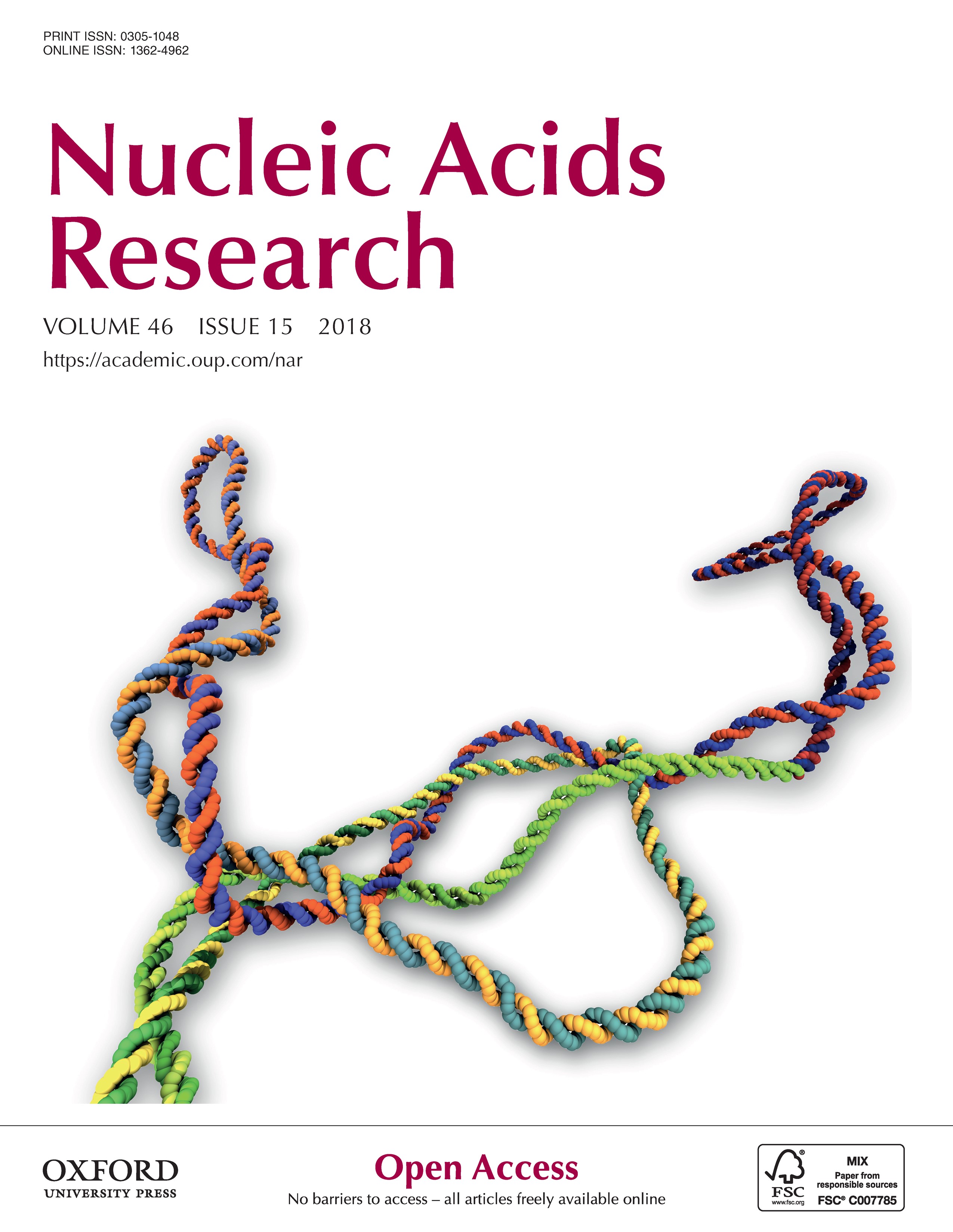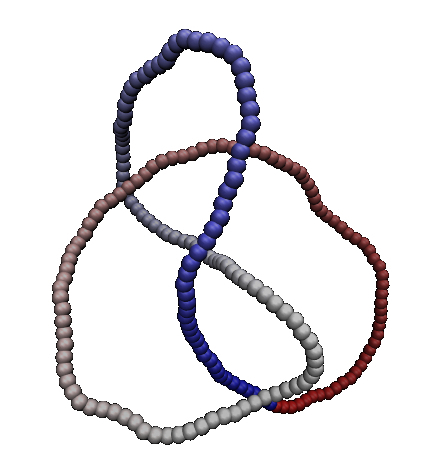Inhibition Mechanism of Ion Channels
Abstract
The large-conductance, calcium-activated potassium (BK) channel lacks the classic intracellular bundle-crossing gate observed in most other ion channels of the 6TM family. This observation, initially inferred from closed-pore accessibility experiments and recently corroborated by a cryo-EM structure of the non-conductive state, raises naturally a puzzling question: how can gating occur in absence of steric hindrance? To answer this question, we combined electrophysiology and molecular simulations and investigated the kinetics BK inhibition by two pore-blockers. The crux of our strategy was to leverage the state-dependent affinity of the binders to probe the physical properties of the pore. We thus combined kinetic modeling with a series of accurate free energy calculations to obtain a microscopic picture of the sequence of events taking place during the open-to-closed transition and giving rise to a nonconductive
Self-Assembly and Allostery
Inspired by bacterial chemosensory arrays, which are distinguished by high sensitivity and wide dynamic response range, we design a novel DNA-based metamaterial that self-assembles in presence of a ligand. Our design is based on flexible DNA-modules that undergo conformational restriction upon ligand binding.“Freezing” the internal degrees of freedom of a fraction of DNA-modules promotes formation of an extended array. We show that even in presence of exceedingly low concentrations of ligand, conformational restriction elicits an en masse, cooperative response of the material. Our results pave the way for a variety of nanotechnology applications and establish a novel paradigm for rationalizing the molecular mechanisms underlying reversible formation of biomolecular condensates and membrane-protein clusters.
DNA Entanglement

Dynamics of Supercoiled DNA
Knots and supercoiling are both introduced in bacterial plasmids by catalytic processes involving DNA strand passages. While the effects on plasmid organization has been extensively studied for knotting and supercoiling taken separately, much less is known about their concurrent action. Here, we use molecular dynamics simulations and oxDNA, an accurate mesoscopic DNA model, to study the kinetic and metric changes introduced by complex (five-crossing) knots and supercoiling in 2 kbp-long DNA rings. We find several unexpected results. First, the conformational ensemble is dominated by two distinct states, differing in branchedness and knot size. Secondly, fluctuations between these states are as fast as the metric relaxation of unknotted rings. In spite of this, certain boundaries of knotted and plectonemically-wound regions can persist over much longer timescales. These pinned regions involve multiple strands that are interlocked by the cooperative action of topological and supercoiling constraints. Their long-lived character may be relevant for the simplifying action of topoisomerases.
oxDNA
OxDNA is a computer simulation software designed for modeling the structural and thermodynamic properties of DNA, or more precisely, double-stranded DNA (dsDNA). It stands for "Oxford DNA" because it was developed at the University of Oxford. OxDNA is a coarse grained model and used to simulate the behavior of DNA molecules at the atomic level, taking into account the interactions between individual atoms and the chemical bonds that hold the DNA strands together. This software is particularly valuable for studying DNA's properties in various conditions, such as in different solvents or under the influence of external forces. The applications range from studying DNA structure to characterize hybrid system or develop nanotechnologies. My research used this powerful tool to investigate topological properties of DNA-rings with aim to gain insights in the mechanisms interplay between knotting and the acion of Topoisomerase. Furthermore, a specific and facinatin application of the OxDNA is the one of DNA origami. DNA origami is a method for creating complex, nanoscale structures by folding a long single-stranded DNA molecule into a desired shape using short, complementary DNA strands as "staples." This technique was developed to design and build nanoscale objects and devices for various applications, including nanoelectronics, drug delivery, and nanoscale robotics.
Entanglement and Topology of Biopolymers
It's KNOT.

Knot theory is a rich and fascinating field that has connections to various areas of mathematics and science. It has practical applications in real-world problems and is also a subject of artistic and recreational interest due to the intriguing complexity of knots and their study. During my PhD, my research was focused on the characterization of knots in biopolymers, specifically DNA and RNA. Notably, I discovered that the probability of encountering knots in a semiflexible ring polymer exhibits a non-monotonic relationship with respect to its rigidity. Surprisingly, it is more probable to observe the presence of a knot in a polymer with non-zero rigidity, as opposed to one that is either fully flexible or entirely rigid. While the latter observation aligns with intuition (as the rigidity approaches infinity, the polymer essentially forms a rigid circle), the former finding came as an unexpected revelation.
Papers
See my full list on Google Scholar.
- Directional translocation resistance of Zika xrRNA (2020) A. Suma, L. Coronel, G. Bussi, C. Micheletti
- Transcriptional supercoiling boosts topoisomerase II-mediated knotting of intracellular DNA (2019) A. Valdés, L. Coronel, B. Martínez-García, J. Segura, S. Dyson, O. Díaz-Ingelmo, C. Micheletti, J. Roca
- Bimodality in the knotting probability of semiflexible rings suggested by mapping with self-avoiding polygons (2019) E. Uehara, L. Coronel, C. Micheletti, T. Deguchi
- Dynamics of supercoiled DNA with complex knots: large-scale rearrangements and persistent multi-strand interlocking (2018) L. Coronel, A. Suma, C. Micheletti
- Non-monotonic knotting probability and knot length of semiflexible rings: the competing roles of entropy and bending energy (2017) L. Coronel, E. Orlandini, C. Micheletti
Latest Conferences
- Sept. 2025, Fifth DiSVA-MaSBiC Symposium - Ancona, IT
- Feb. 2024, 68th BPS Annual meeting - Philadelphia, USA
- Aug. 2023, Temple Postdoc Symposium - Philadelphia, USA
- Apr. 2023, 17th Conference of Italian Research in the world - Philadelphia, USA
- Feb. 2023, 67th BPS Annual meeting - San Diego, USA